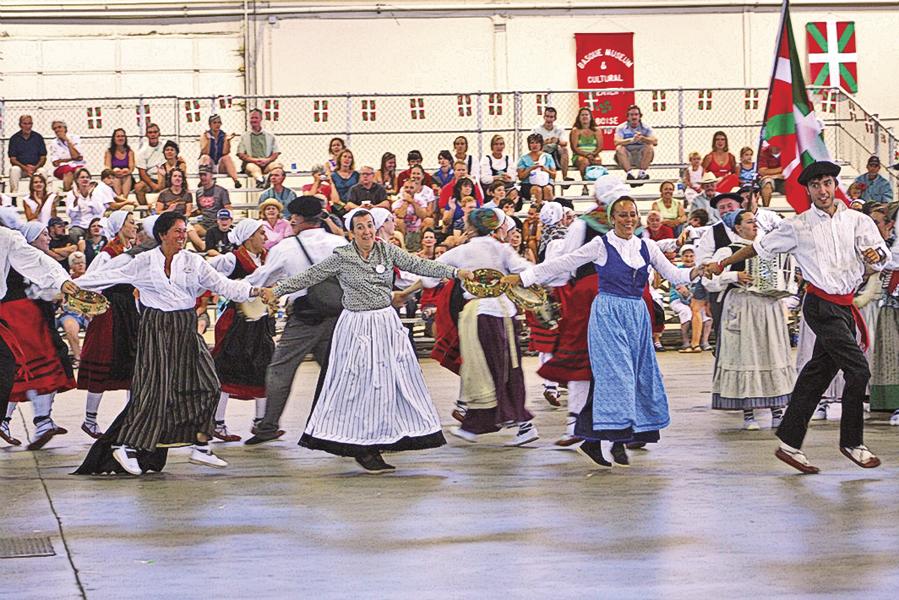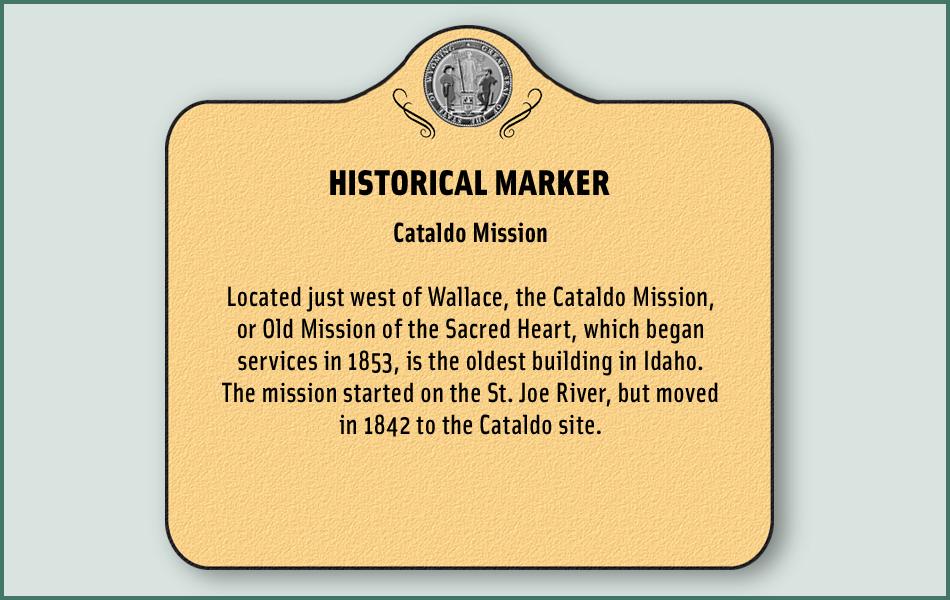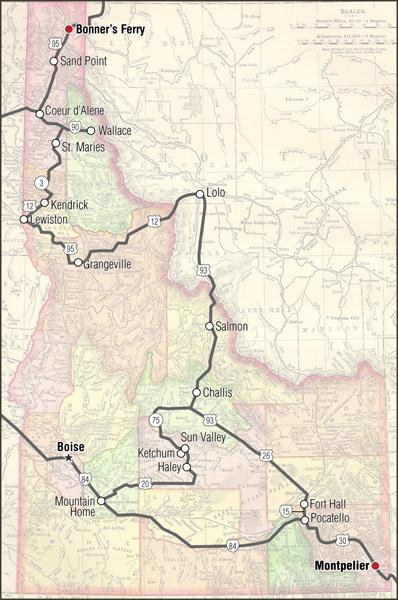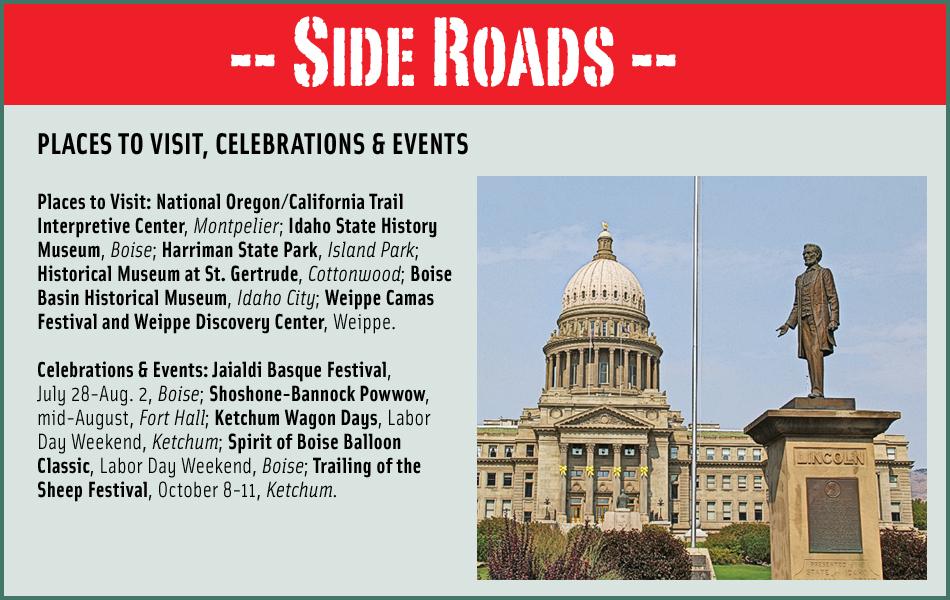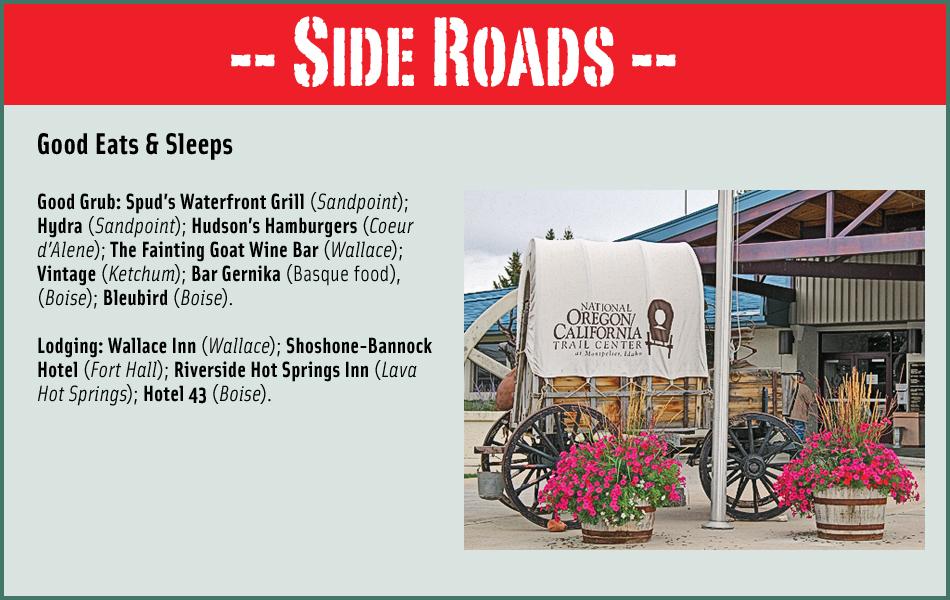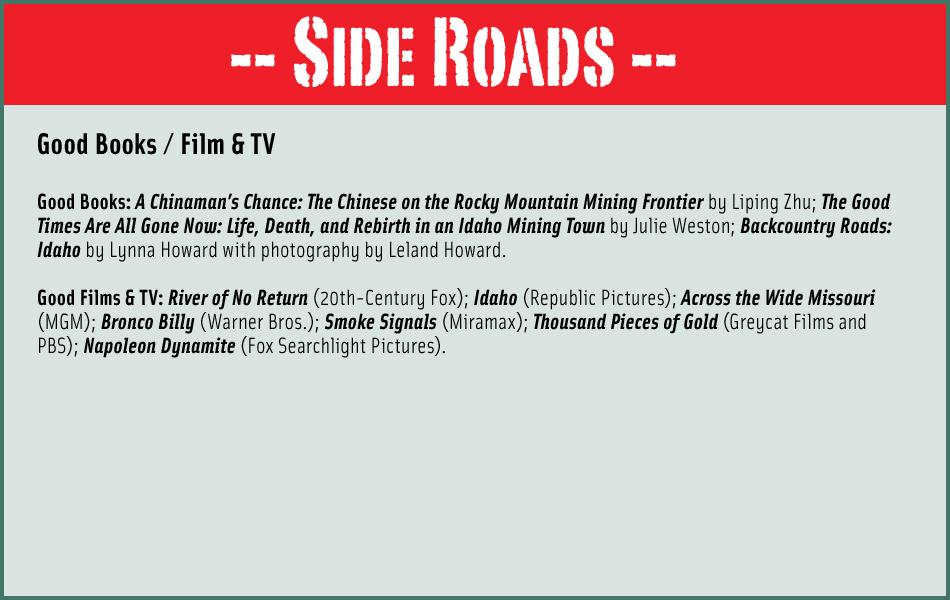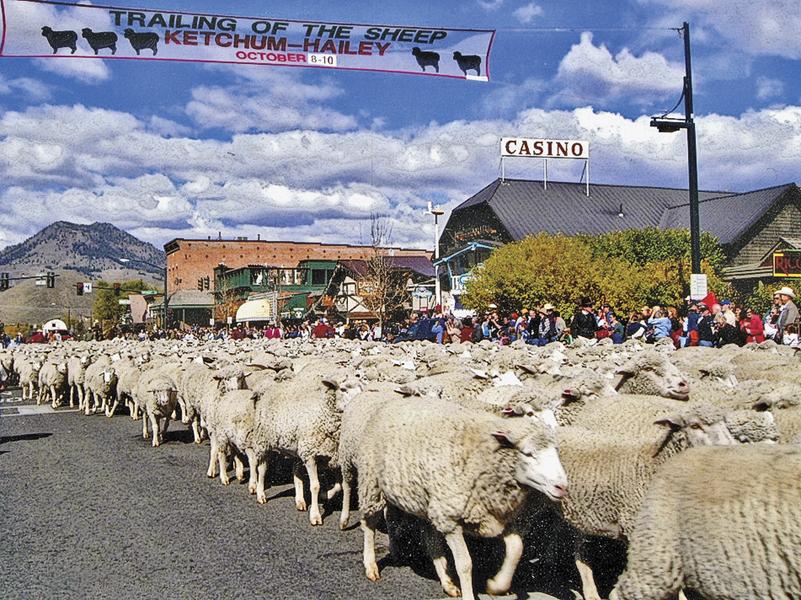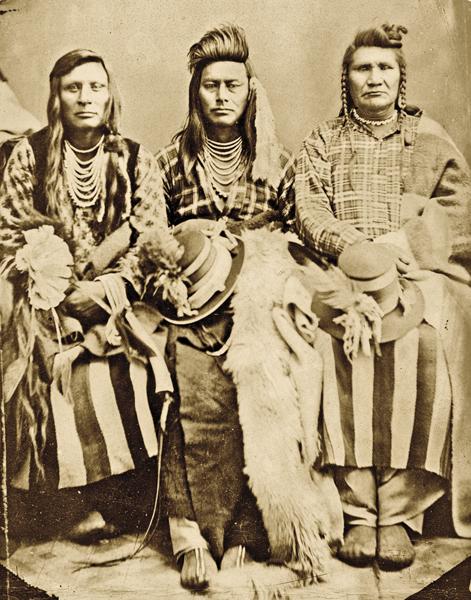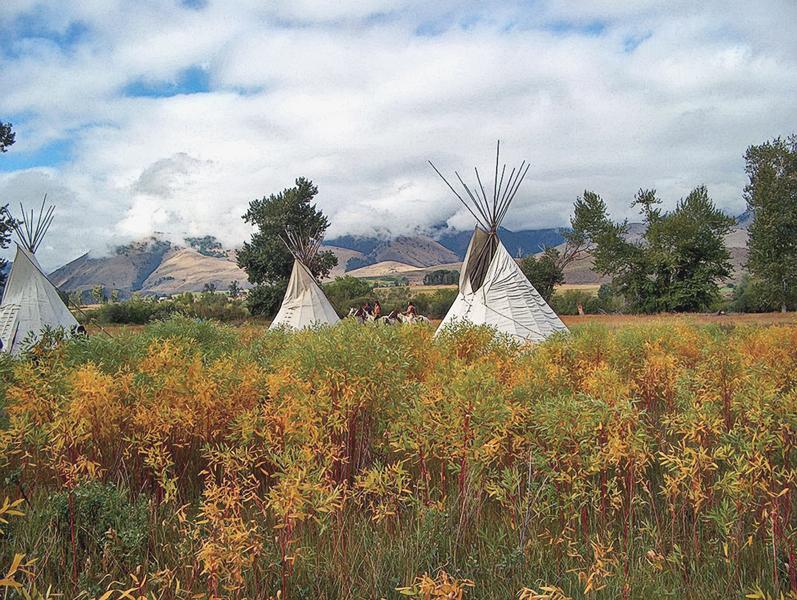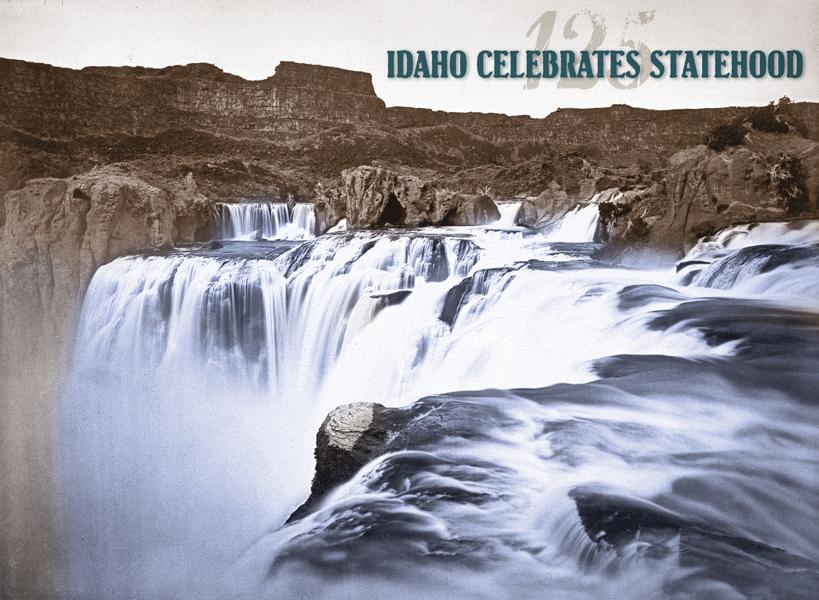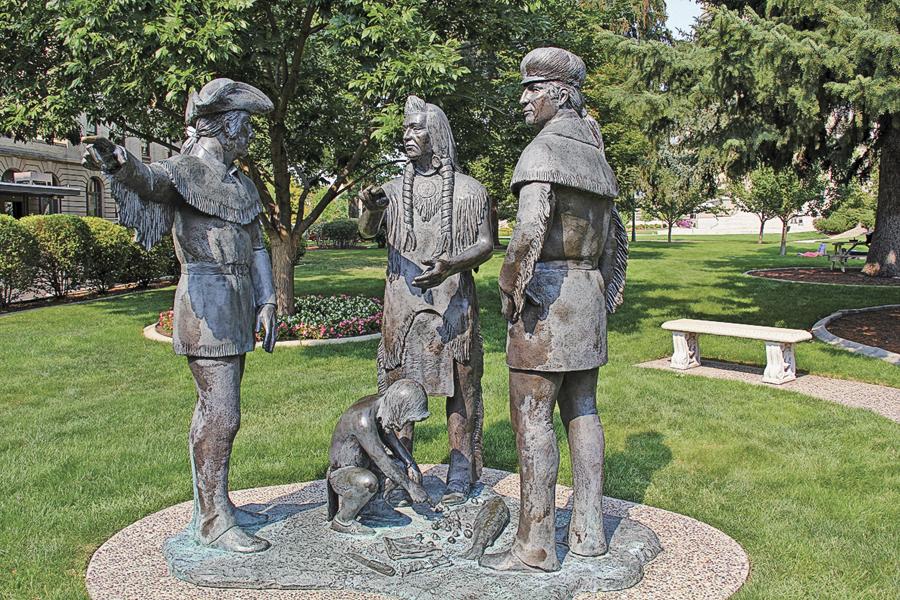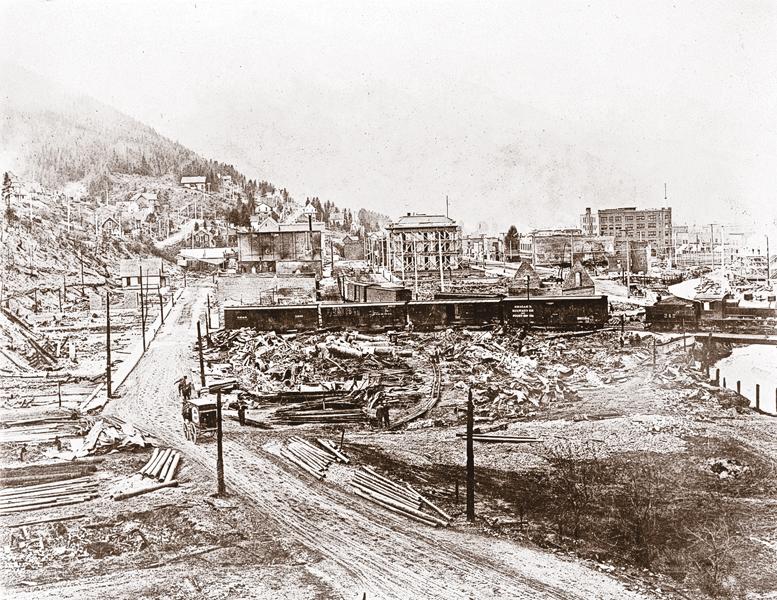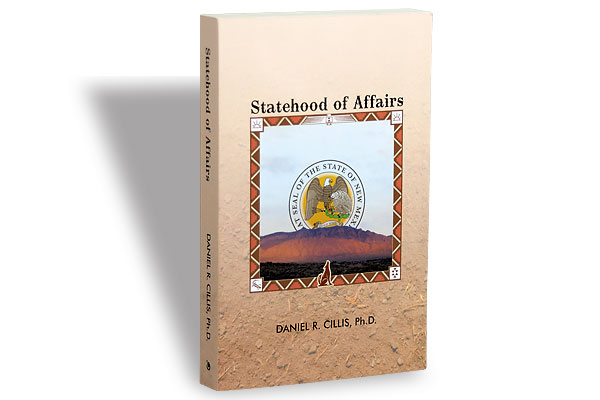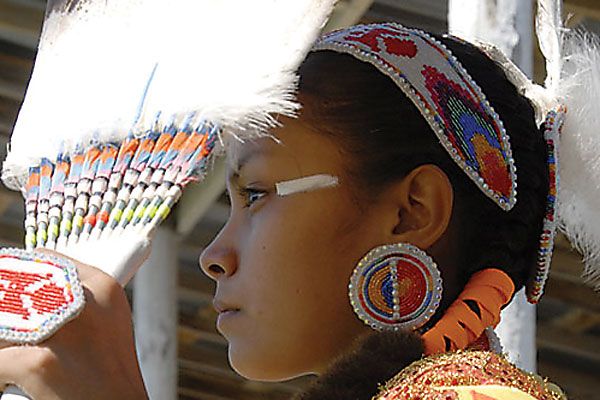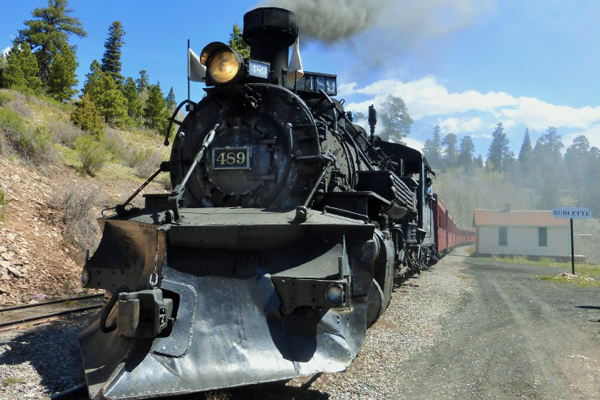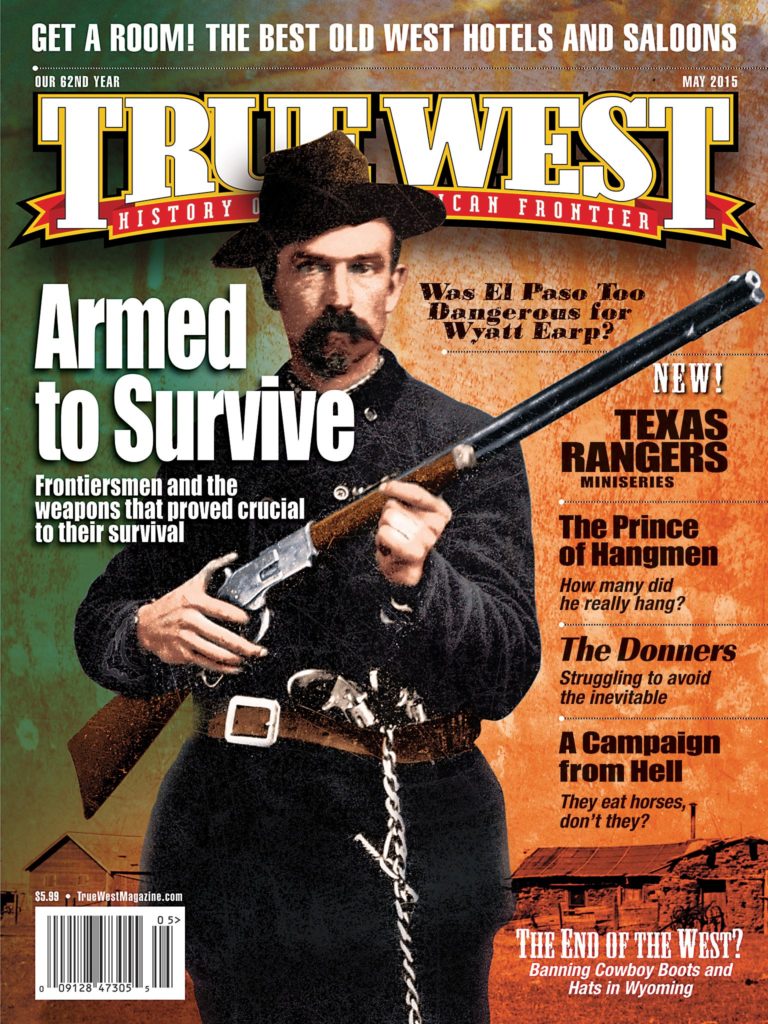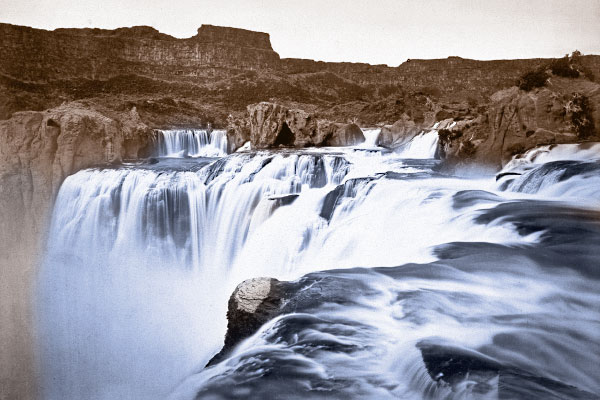 Idaho marks a century and a quarter of statehood in 2015 and while much has happened to define the state during the past 125 years, the landscape remains much the same. The mountain ranges and rivers that form the northern half of the state mean it can still be a challenge to travel from Bonner’s Ferry or Sandpoint to Boise or Pocatello, but the journey on sometimes-circuitous routes is as important as any of the destinations.
Idaho marks a century and a quarter of statehood in 2015 and while much has happened to define the state during the past 125 years, the landscape remains much the same. The mountain ranges and rivers that form the northern half of the state mean it can still be a challenge to travel from Bonner’s Ferry or Sandpoint to Boise or Pocatello, but the journey on sometimes-circuitous routes is as important as any of the destinations.
The landscapes include river valleys, large natural lakes (that are themselves remnants of Ice Age development), lava flows that create otherworldly vistas such as Craters of the Moon National Monument, and wide open plains that attracted hundreds of thousands of West-bound Overland Trail emigrants.
Idaho is a state of many cultures, from native people including the Nez Perce, Kootenai, Lemhi Shoshone, Western Shoshone, and the Bannock tribes, to the ranchers who found the land productive for raising cattle and sheep. During the 19th century the silver and gold riches of the area attracted miners of all ilk, including a large number of Chinese miners. The grazing opportunities for sheep attracted other immigrants—Basque herders from Spain. These cultures all remain in Idaho, and any visit to the state will allow you to learn more about them and take part in events and festivals that celebrate the diversity.
Idaho’s Historic Panhandle
A good place to start a journey through Idaho is on the International Selkirk Scenic Byway in extreme northern Idaho. This byway, if followed in its entirety, will take you through the Idaho panhandle into British Columbia, Canada, and west into Washington. But for this trip through Idaho, I’m starting in Bonner’s Ferry, a small city bisected by the Kootenai River. This tributary of the Columbia River flows through the ancestral home of the Kootenai Indians. I head south to Sandpoint and Coeur d’Alene, both cities that offer activities on the water.
Sandpoint has Priest Lake and Lake Pend Oreille, where you can participate in a variety of water sports, or experience the wooden boat festival. Each summer the Festival at Sandpoint features a variety of musical concerts, held in a family-friendly setting near the shores of Lake Pend Orielle. Bring your own lawn chair or blanket and enjoy the music. Lake Coeur d’Alene, farther south, has its own opportunity for water sports.
I travel east on I-90 to the small town of Wallace. When the interstate highway was built, it was initially slated to go through the town, but doing so would have destroyed dozens of historic buildings. Instead, following protest, a lawsuit, and the inclusion of the entire town on the National Register of Historic Places, the federal and state highway administrators routed the interstate above the town (the four lanes of highway literally pass over the town). Wallace is one of Idaho’s great mining communities, gateway to the silver deposits in what is known as Silver Valley.
When you drive through Wallace, be particularly alert at the intersection of Bank and Sixth streets, considered the Center of the Universe (at least by the citizens of Wallace, who say if you cannot prove something is false, it is indeed possible that it is true). You may find people standing at the specially designed manhole cover that verifies their presence at this “significant” location. Among the events at that point have been weddings, coronations of the princesses of the Center of the Universe, and recognitions of “Mr. Hardrock,” a nod to the long-standing mining traditions in the community.
The Nez Perce and the Legacy of Sacajawea
Silver mining forged the communities in this northern part of Idaho, but my route takes me south to the Clearwater River—home of the Nez Perce, many of whom remained in, or returned to, the region around Lapwai following the 1877 Nez Perce War that started farther south, near White Bird. The war played out at sites in Idaho near the Salmon River and along the Clearwater before the tribe moved on into Montana, Wyoming and Yellowstone National Park, and then was stopped at the Bears Paw Battlefield in northern Montana just short of Canada. There are both Nez Perce and Lewis and Clark sites all along the Clearwater, including Heart of the Monster National Historic Park (a place revered in Nez Perce history as their creation site).
Meriwether Lewis and William Clark received great aid from the Nez Perce tribe when the explorers crossed the land that later became Idaho. The Shoshoni woman Sacajawea also significantly helped the American explorers with her knowledge of the country. Learn more about her role with Lewis and Clark and about the Agai Dika Lemhi Shoshone at the Sacajawea Interpretive, Cultural and Educational Center in Salmon. In addition to exhibits, there is a 71-acre park which includes interpretive exhibits.
Mining and Ranching in Idaho’s High Country
From Salmon, I head southwest through Challis en route to Sun Valley and Ketchum by following Trail Creek Road, which was a route to the Wood River Valley mining operations, an industry that led to the founding of Ketchum itself. Freighters hauled ore mined in the valley to Ketchum over narrow, poorly developed roads in huge freight wagons drawn by 20-mule teams that were managed by a teamster using a single line, called a jerk-line.
The Ore Wagon Museum in Ketchum has some of the original Lewis ore wagons. They are on display through most of the year but annually at Labor Day these massive vehicles, which carried more than 18,000 pounds of ore, are pulled out of the collection, again hitched to a 20-mule team, and driven through town as part of the Annual Wagon Days “Big Hitch Parade.” This is known as the largest non-motorized parade in the Pacific Northwest, often including more than 100 wagons including buggies and stagecoaches, and attracting thousands of visitors to join the locals.
This event recognizes the time when mining was in full operation in the Big Lost, Wood River and Salmon River valleys. At that time the Lewis Fast Freight lines owned 700 mules and 30 wagons that they used to haul some 700,000 pounds of ore each year to the Philadelphia Smelter in Ketchum. Each of the round-trips on the Ketchum-Challis Toll Road (today’s Trail Creek Road) took upwards of two weeks. Be forewarned, the Trail Creek Road is not open year around, but it is a great route to take in the summertime or early fall.
The stories and history of sheep herders is recreated each year at the Trailing of the Sheep Festival, celebrating the movement of great herds of sheep from summer to winter pastures, with hundreds of heads of animals passing through downtown Ketchum.
Idaho History and Basque Culture Celebrated in Boise
The sheepherding culture in Idaho is directly linked to the Basque people who settled the area, and the best place to learn about and experience Basque culture is in Boise. The Basque Museum and Cultural Center, just a few blocks from the state capitol, gives a view of the old-world origins and history of Basques in Idaho. The center is located in the 1864 Cyrus Jacobs-Uberuaga house, which was built for a pioneer family and served as a Basque boardinghouse from 1910 until 1969.
Every five years Jaialdi, a major event that attracts Basques from around the world, takes place at the Basque Center in Boise (just down the street from the Basque Museum and Cultural Center). The music, food, dance and sports of Basque tradition are a part of this event scheduled for July 28-August 2 this year.
Crossroads of History at Fort Hall
The Shoshone-Bannock Indian Powwow, held at Fort Hall in early August, is a tradition more than half a century old drawing dancers, singers and drum groups who gather for a variety of dance competitions plus Indian relay racing, art shows, parades, a traditional feast and traditional Indian games for children and adults. The Donzia gift shop inside the Shoshone-Bannock Hotel has authentic beadwork, moccasins and other items made by members of the Shoshone-Bannock tribe.
From Fort Hall, head south on I-15 through Pocatello, to visit the re-created Fort Hall, a replica of the trading post that served travelers on the Oregon and California trails (the Oregon Trail crossed the width of Idaho, following the Snake River for much of the route, while the California Trail split and followed the Raft River down into extreme southwestern Utah and Nevada).
To learn more about the overland trails, visit the National Oregon/California Trail Interpretive Center in Montpelier. A series of paintings, the Simplot Art Collection by Gary Stone, provides a rich view of the trail sites all across Idaho and neighboring states. There is often a quilt show on display, and the exhibits and living history interpreters allow you to “experience” the trail for yourself. If you want to know about life on the trail, just ask the director, Becky Smith. She and her husband and children have traveled hundreds of miles with wagon trains in Idaho, Wyoming and Montana.
No matter your interest—from history to wine tasting, or from desert-like landscape to forested mountains—Idaho really delivers a plethora of places, events and activities to show you what she has become in this quasquicentennial year.
Candy Moulton is the author of Chief Joseph: Guardian of the People, a Spur Award-winning biography.
Photo Gallery
– Photo by Candy Moulton –
– Karen Ballard/Courtesy Idaho Tourism –
– Courtesy Library of Congress –
– Courtesy Library of Congress –
– Candy Moulton –
– Courtesy Library of Congress –


